Malaysian-born Hin Chua once wrote code as a computer science graduate. He now writes with light, creating surreal and beautiful documentary, or fine art as he prefers, photographs.
A rising star in photography, Hin has drawn acclaim and recognition from the British Journal Of Photography and the Magenta Foundation, to name a few.
We remember chancing upon, and admiring his early black and white work as a street photographer years ago. His latest project “After The Fall”, as seen accompanying this interview, marks a turn in his journey and career as a photographer. “After The Fall” has taken Hin three years and counting, and its photographs are both – breath-taking and a breath of fresh air.
Invisible Photographer Asia: What’s a nerd doing taking beautiful photographs?
Hin Chua: When I was younger, I spent most of my time with people who had very narrowly defined tastes. For a long time, it wasn’t an issue because that was all I knew. Yet, always in the background was some kind of nagging doubt, an almost subconscious reminder that I was missing out on something. Eventually, just like Jim Carrey’s character in the Truman Show, who gradually discovered the boundaries of his world, I had to decide whether to retreat from the edge and remain in my artificially-defined confines or to break out. So at a relatively late stage of my life, I chose the latter and stumbled across photography after a lot of adventures.
What kind of photographer do you consider yourself to be – documentary, street or fine art?
We might be able to answer this by process of elimination. I’ve never remotely entertained the thought of myself being a documentary photographer as I’m one of the most subjective, socially unconcerned and unsympathetic people I know.
I also haven’t photographed anything that could be considered traditional street photography for quite a while now. At a certain stage, I realised that I needed a stronger narrative thread and greater conceptual depth than could be provided by stringing together solely decisive-moment photographs. Feeling increasingly constrained and frustrated, one day I just stopped making those kinds of images – at least for the time being.
By default then, the title I’d least object to is that of a fine art photographer, but even then I have reservations. Like Garry Winogrand, I’ve never been overly fond of titles and uber-categorisation anyway. So, let’s just say that I make photographs and that I can be anything anyone wants me to be!
What inspires your photography, and what three words would you use to describe your photographs?
Who knows how this will change in future, but right now, I’m focused on going out into the world, discovering some of the wonderful surprises it has to offer, but then, taking these gifts and trying to almost bend them to my will; to find a way to make them fit within a coherent perspective; to give and take in almost equal measure.
As for how I’d describe my photographs – a long chat with a wise friend resulted in her suggesting that it’s usually far easier to use what other people have written about your work! In my experience, the words “lyricism”, “beauty and terror”, “mystery” and “wit” have popped up from time to time (sorry I know that’s more than three).
Tell us about the way you work – your photography technique(s) or philosophy perhaps?
At the moment, it’s all about finding the right balance between intent and spontaneity. I’ll spend a lot of time figuring out a place to explore, but once I’m there, I remain completely open to chance. Similarly, I try to leave my projects with enough conceptual room to breathe and avoid them becoming either too loosely bound or thematically restricted. For me, it’s important to retain a considerable degree of uncertainty within the creative process: you need to be able to wander down different paths, and to take a few wrong turns (which in hindsight may well become right turns) without the fear of failure nor the regret of time misspent.
What cameras and tools do you use to photograph and why do you use them?
I’m currently most comfortable with a Mamiya 7 and Kodak Portra film. There’s something about the aspect ratio of the 6×7/4×5/8×10 negative that really appeals to me. It’s not too square, it’s not too wide, it’s just right. I stopped shooting black and white around the same time as I started using the Mamiya. I wanted to capture completely the richness of the scene before me and felt that I couldn’t continue to hide behind that additional layer of abstraction. I needed the colour.
Before this, you were a computer science graduate and never had formal photography training. So when did you realise you had a good eye?
When a few people started telling me? But more seriously, when I realised that I was making photographs that were in their own small way a little different from the norm. Every photographer goes through stages where he looks at some established work and thinks to himself “hang on a second, I can do better than that!” This happened to me especially often when I was just getting started and in hindsight, it was clearly the product of a deluded and inexperienced mind. But over time, inexperience became less and less of an excuse and in the moments of clarity between fantasies, I could see one or two photographs holding up to closer and prolonged scrutiny. So that’s how it started.
You were recently featured in the British Journal of Photography and they referred to your project “After The Fall” as one of the best new personal projects. Tell us more.
“After the Fall” is a project that has evolved considerably in the three years I’ve been working on it. I started out not quite knowing why I was doing it, and even now, it often feels fluid and ever-changing to me. At one level, the project addresses my fascination with conflicts and collisions, scenes precariously perched on the edge of transition, and the strange locations where they can be found playing out within the urban environment.
Because of the way I work, I know that I’ll almost certainly never revisit many of these places in my lifetime, whether it’s a dusty town on the outskirts of Shanghai or the green hills overlooking a village an hour from Chennai. Even in the odd occasions closer to home where I do manage to return, things are never the same. Invariably the delicate balance is disturbed, the struggle further progressed and what once captured my eye has been swept away, never to return. Often it feels that I have only one chance at doing this, of getting things “right” and to me at least, that preciousness and underlying urgency is an important component of the work.
Finally, there’s definitely a personal element involved here. What possesses someone to fly to Taiwan or New York or Berlin and then spend all his time wandering around middle-of-nowhere locations (on foot no less) for ten hours a day every day until he returns home one or two weeks later? Why is getting lost in these locations so important to him, and why has he done this for three years now? How does all of this affect the way he sees the world?
You were also awarded Magenta Flash Forward Emerging Photographer in 2009. How did that feel, and what work did you submit for award consideration?
I don’t want to make too big deal out of it, but at the same time there’s no way I’m going to shrug it off. After all, you have to use these small successes to keep yourself going during the harder times when motivation and confidence start to flag. It was good to know that the work that I showed (“After the Fall”) made some impression on people whose jobs require them to spend a lot of time looking at photographs. Given my background, I felt it was important to engage with the broader photographic community, and avoid getting trapped within another iconoclastic ghetto.
You mentioned that your participation in Photodebut was your first exposure to a more professional approach towards photography. What was that experience like?
Before encountering members of this group, I was mostly either keeping to myself or associating with other equally inexperienced photographers. After my first meeting, I soon found myself confronted with an almost overwhelming number of questions.
“What’s the last interesting photography book you bought? What projects are you working on? How do you want to print your images? What size? How do you want to frame it? How do you describe your projects to other people? Ultimately, how do you want them to be represented, as prints on the wall or as a book? Who are the individuals or organisations that might be interested in this type of work?”
To which the only coherent response I was able to muster up was “umm, I like taking photographs with my camera…?”
Attempting to formulate appropriate responses forced me to assess how much effort I was willing to make in order to take my work to the next level. To appreciate that even though I was still very much a neophyte, I would have to become more focused in my approach and apply more thought to the entire creative process.
I’ve actually just returned from Rhubarb Rhubarb, which is the major portfolio review in the UK and it was very much a similar experience. Talking about your work non-stop while having it reviewed, challenged and even dismissed cannot but help to provoke new directions, reassessments or validations of your process.
You’re a Malaysian-born Chinese working in London. Does your Asian roots colour the way you view and photograph the world?
If I have to be honest, not really. In fact, a pet peeve of mine is Asian photographers making work about being Asians. Because of my upbringing, spending my formative years in several countries, I’ve always felt like an outsider wherever I go. I didn’t fit in as a kid in Kuala Lumpur and I certainly don’t blend in when I photograph in the rest of Asia: Taiwanese think I’m Japanese, Chinese think I’m Korean, and Japanese think I’m American.
Maybe being Chinese has helped in terms of shock value. No one expects someone looking like me to be wandering around middle-of-nowhere towns in Spain, Sicily or Latvia: when I show up I’m always stared at but then completely ignored (except by the kids of course, they’re always very curious).
It’s also made me equally sensitive and antagonistic to certain types of photographic stereotypes. One example is that popular “white man goes to China” photograph of Chinese skyscrapers contrasted against the ruins of demolished homes. In fact I’m sure that in the time I took to write this, a few more Gwailos (Ed’s note: Gwailos is a Cantonese slang term for foreigners) have taken the very same photograph.
The point of this rant is that I know from painful experience that it’s very easy to be parachuted into a new place and take an “obvious” picture, that the real challenge is to go beyond that and make work that resonates more closely with your own vision. The experience of visiting Shanghai and stopping myself from taking literally dozens of images was, in hindsight, one of the most important photographic lessons I learned.
What’s your personal favourite of the photographs you’ve taken, and why is it special to you?
Right now, it’s this photograph (taken in Hong Kong) for a variety of reasons.
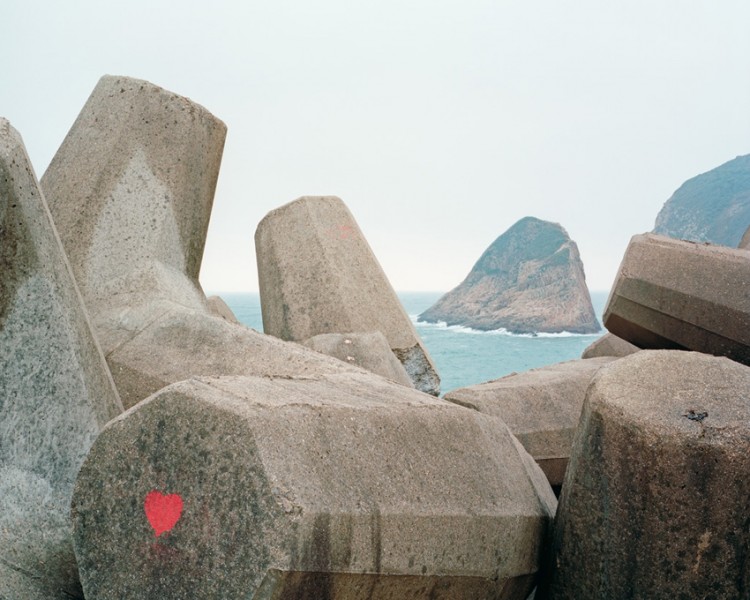
I went with a girl: we woke up at the crack of the dawn and caught two trains, a bus and a taxi just to start with. We then walked for five miles through mist and rain to get to where we wanted to be. And after we found this scene and I had made the exposure, we sat down to eat our lunch looking out at the restless sea, and simultaneously remarked to one another “I can’t believe we actually made it here!” Then to top things off, she carried my tripod for me on the long walk home to a dinner of char siu fan (Cantonese bbq pork rice dish). Delicious, on so many different levels.
Are there any other places or people you’d like to photograph?
I’d like to spend more time in Eastern Europe and Israel. The challenge would be two-fold: trying to avoid getting into too much trouble (I’m a coward), and (after my last rant) avoiding making images which are too quintessentially Eastern European or Israeli in nature!
How about photographers? Are there any that inspires you, or whose work you admire?
Amongst many others, I admire Mitch Epstein because he keeps getting better with age; Tim Davis because he’s so damn smart; Michael Lundgren because he deserves to be famous; and Lars Tunbjork because he showed me there was another way. And my friends Laura Pannack and Leonie Purchas because they’re everything I’m not as a photographer.
How about photography projects? Any at the moment?
I’ve always worked with a project-based approach – there’s a psychological need to ensure that each photograph falls into the appropriate bucket.
“After the Fall” has been ongoing for three years, and while I think I’m making pretty good progress, it feels like I need a couple more years before I hit the consistent quality of photographs that I’m looking for. I’m also shooting an unnamed, unrevealed project on the side which may or may not become something in the long run. Its value at this stage is really as a change of pace.
Lastly, if you could travel in time, what year in the past or future would you travel to with your camera?
Hmm, let’s say 20-30 AD, the Roman province of Judea (modern day Palestine and Jordan). I’d like to shoot Jesus of Nazareth… and you can take that any way you wish.
More from Hin Chua on http://www.hinius.net/
GALLERY
Share

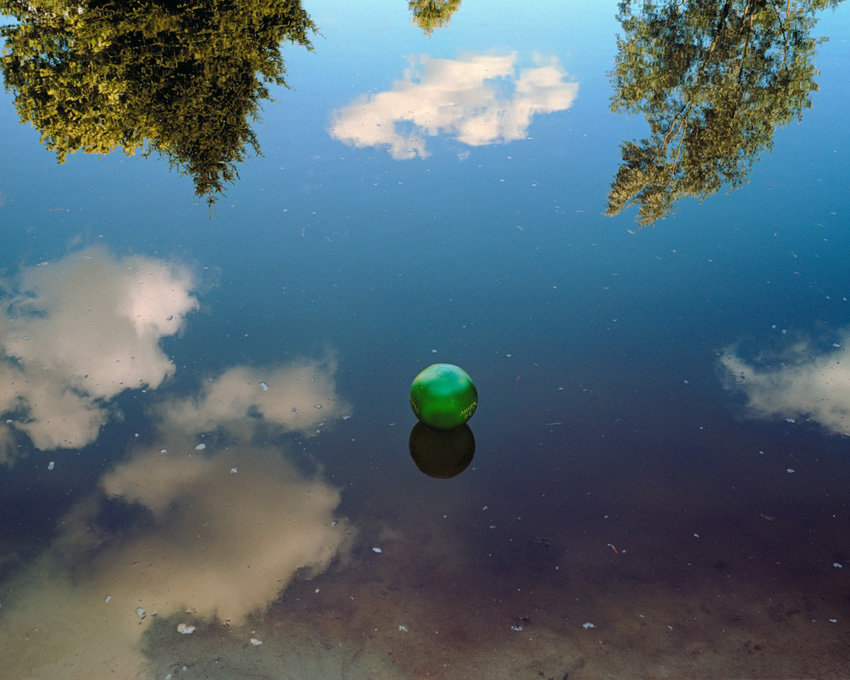


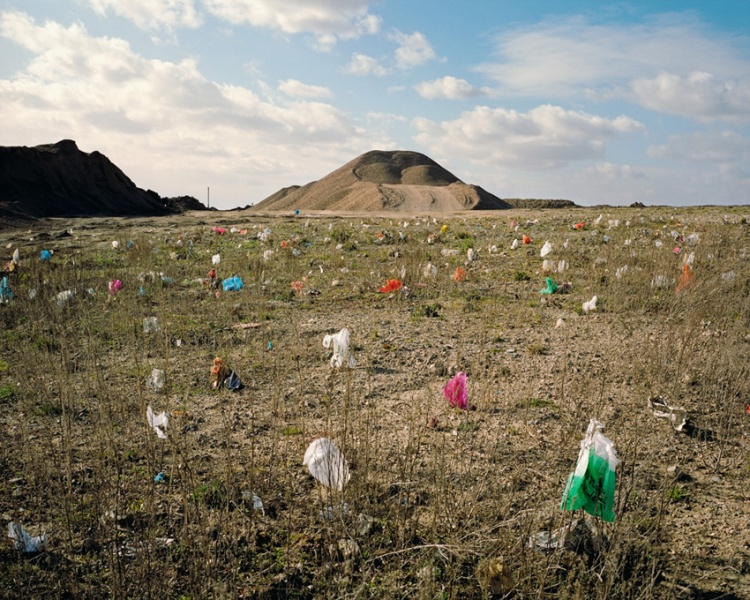

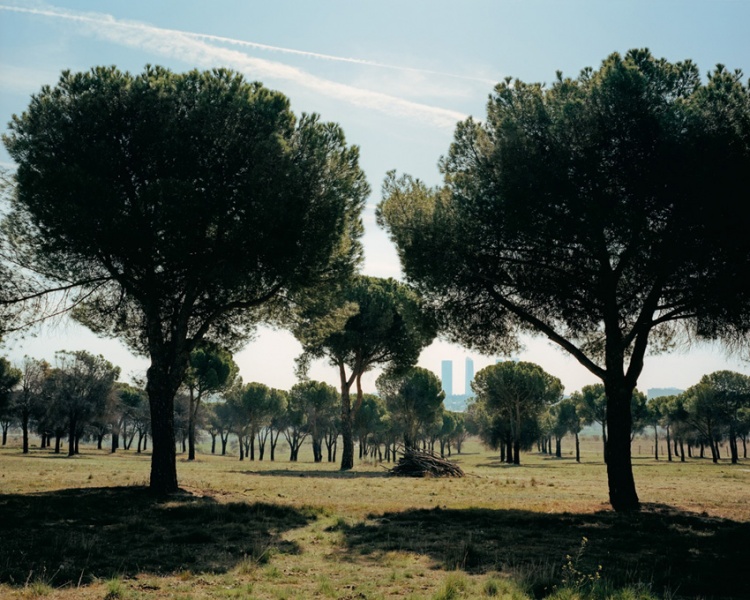
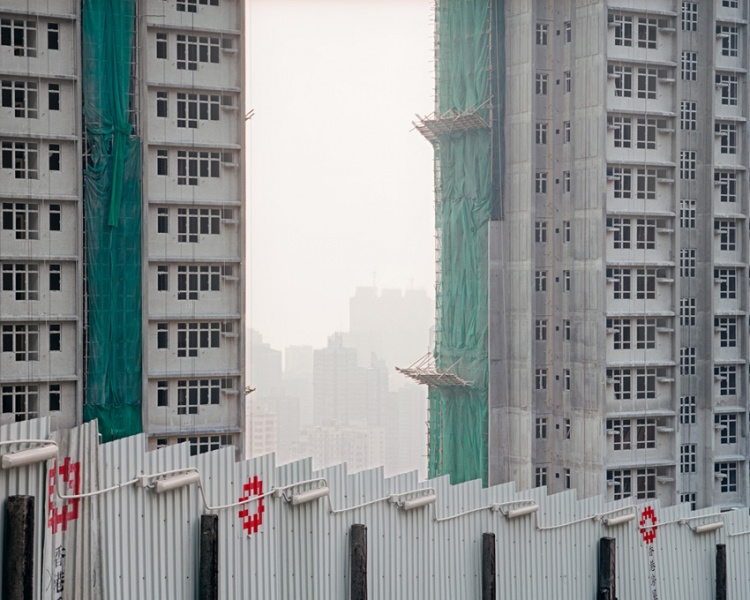


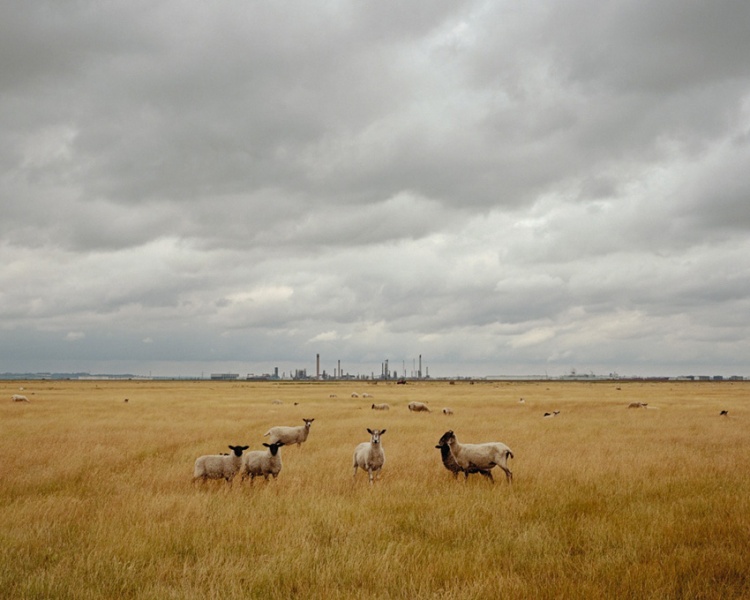

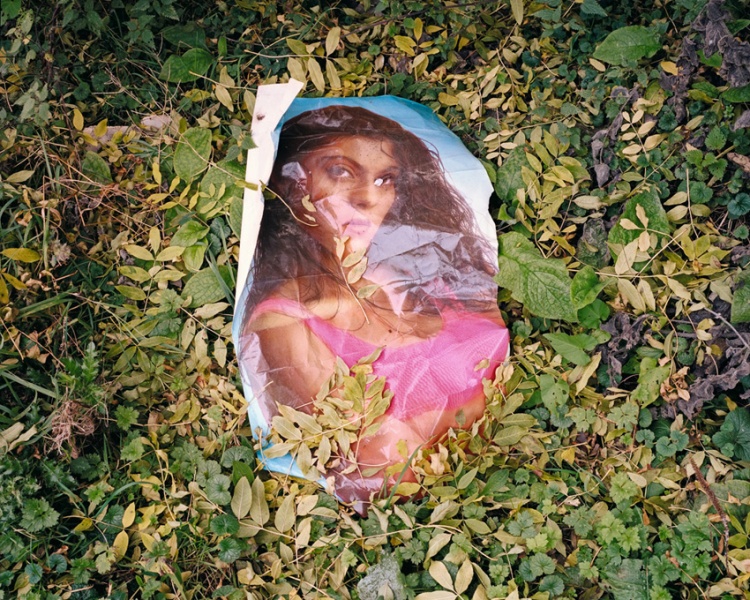
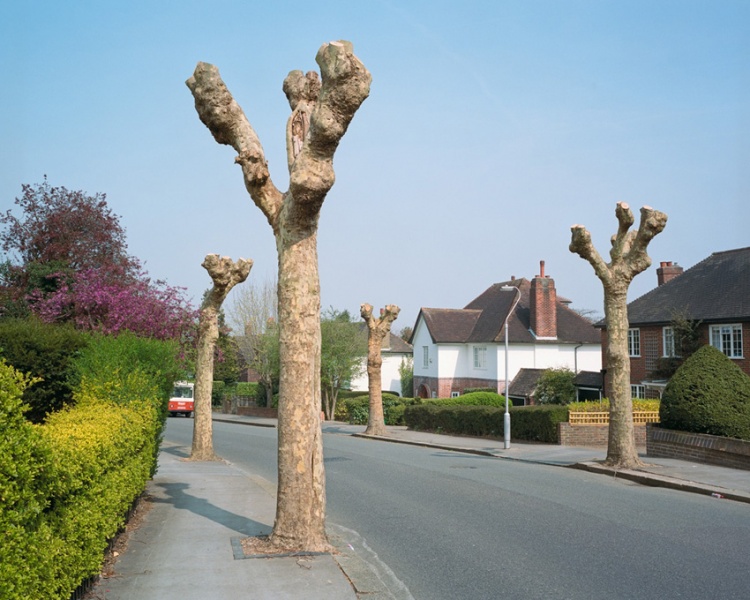



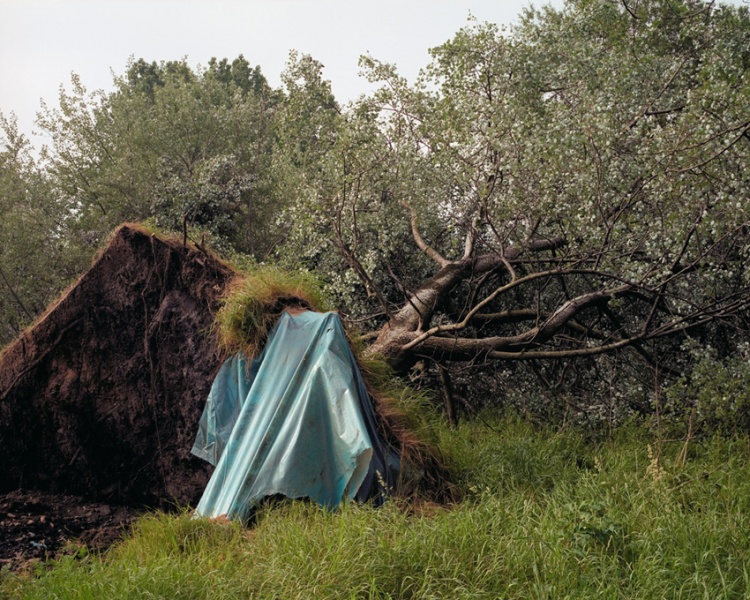
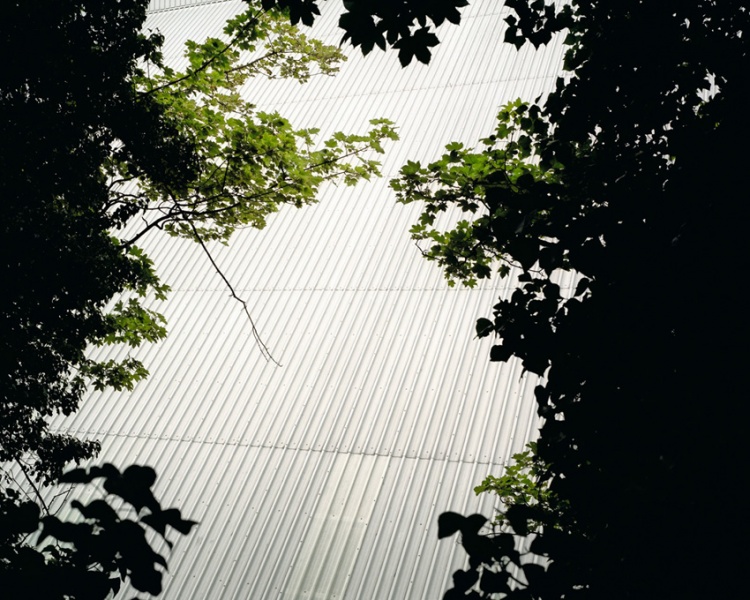
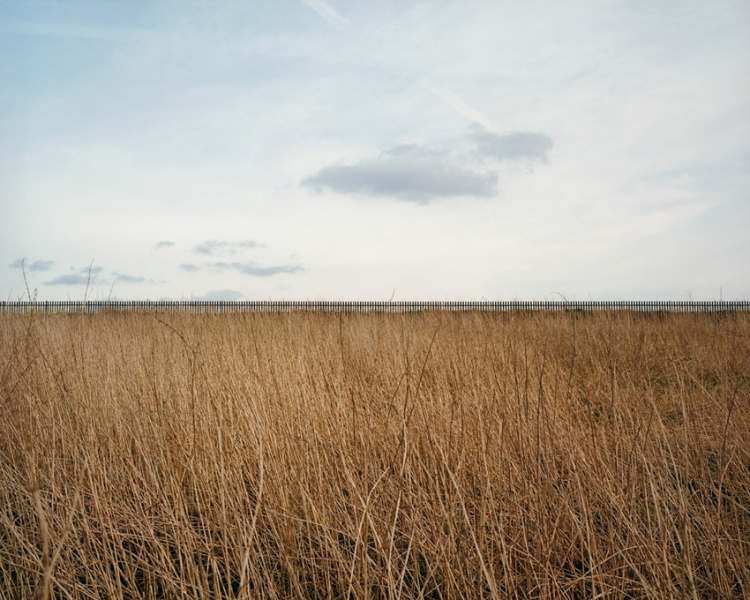
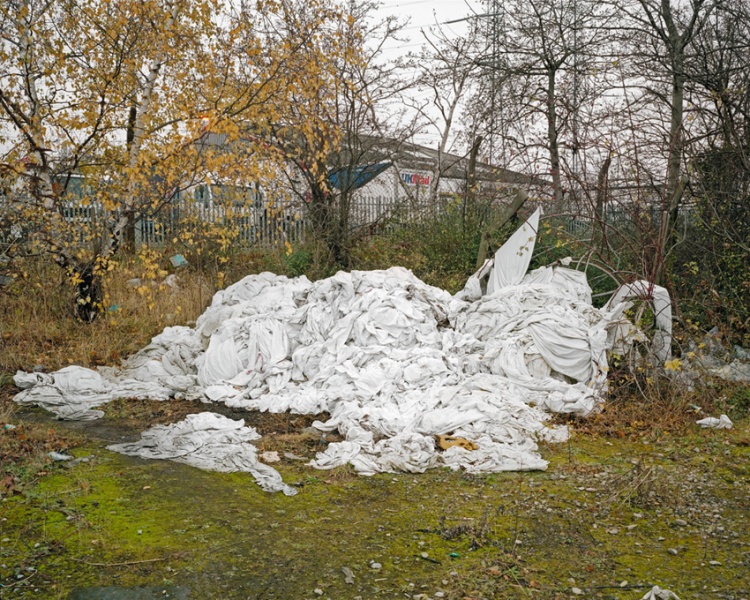





















Comments 20
Pingback: Hin Chua | Cada día un fotógrafo
Pingback: Sometimes you can destroy your photography by being a photographer | Invisible Ph t grapher Asia (IPA) | 亞洲隱形攝影師
Invisible Interview & Photo Essay: Hin Chua, After The Fall http://t.co/N345gbIa
Invisible Interview & Photo Essay: Hin Chua, After The Fall. #ipaphotoasia
View Full Feature: http://t.co/RF5JZNNK
Invisible Interview & Photo Essay: Hin Chua, After The Fall. #ipaphotoasia
View Full Feature: http://t.co/RF5JZNNK
Invisible Interview & Photo Essay: Hin Chua, After The Fall. #ipaphotoasia
View Full Feature: http://t.co/RF5JZNNK
Invisible Interview & Photo Essay: Hin Chua, After The Fall. #ipaphotoasia
View Full Feature: http://t.co/RF5JZNNK
Invisible Interview & Photo Essay: Hin Chua, After The Fall. #ipaphotoasia
View Full Feature: http://t.co/RF5JZNNK
'Talking about your work non-stop – having it challeged, dismissed can only provoke new directions…' @hinius
http://t.co/RF5OxnWU
"Talking about your work non-stop while having it reviewed, challenged and even dismissed cannot but help to… http://t.co/VqyOznZe
'Talking about your work non-stop – having it challeged, dismissed can only provoke new directions…' @hinius
http://t.co/RF5OxnWU
"Talking about your work non-stop while having it reviewed, challenged and even dismissed cannot but help to… http://t.co/VqyOznZe
Every photog goes thru stages where he sees some established work and thinks “hang on a sec, I can do better" – Hin Chua http://t.co/aWqTPLK
stunning photography.
Pingback: Invisible Quotes for Photojournalism and Documentary Photography « The Invisible Ph t grapher Asia
Yeah Porta NC. Porta VC is alot more saturated.
Pingback: Invisible Portrait: Hin Chua « The Invisible Ph t grapher Asia
Best quote – “it’s very easy to be parachuted into a new place and take an “obvious” picture, that the real challenge is to go beyond that and make work that resonates more closely with your own vision. The experience of visiting Shanghai and stopping myself from taking literally dozens of images was, in hindsight, one of the most important photographic lessons I learned.”
Actually most good photographers are nerdish in a way.
And this is sublime – https://invisiblephotographer.asia/2010/08/04/invisibleinterview-hinchua/hinchua_afterthefall_02/
Are these all Kodak Portra NC? Very nice color rendition.
Wow. breath-taking and a breath of fresh air indeed.